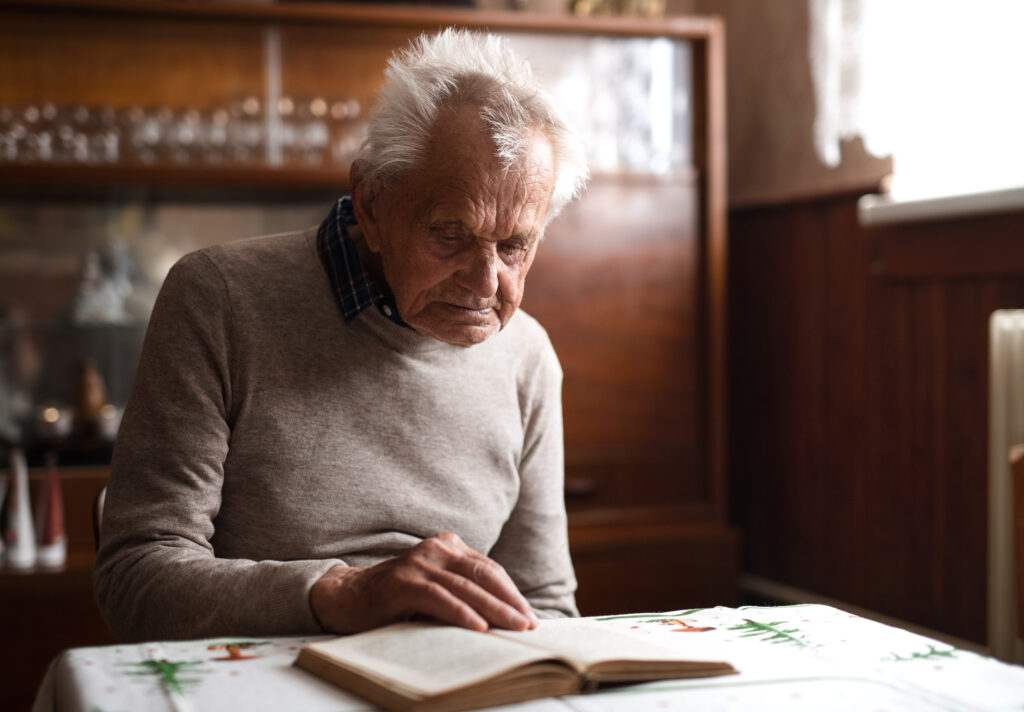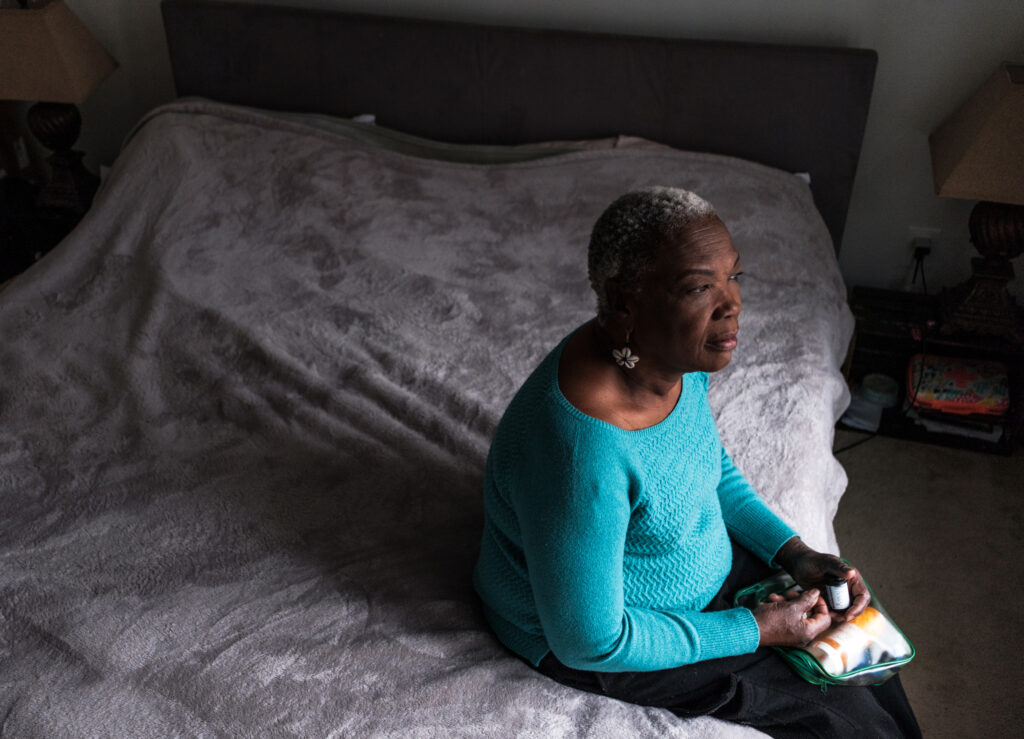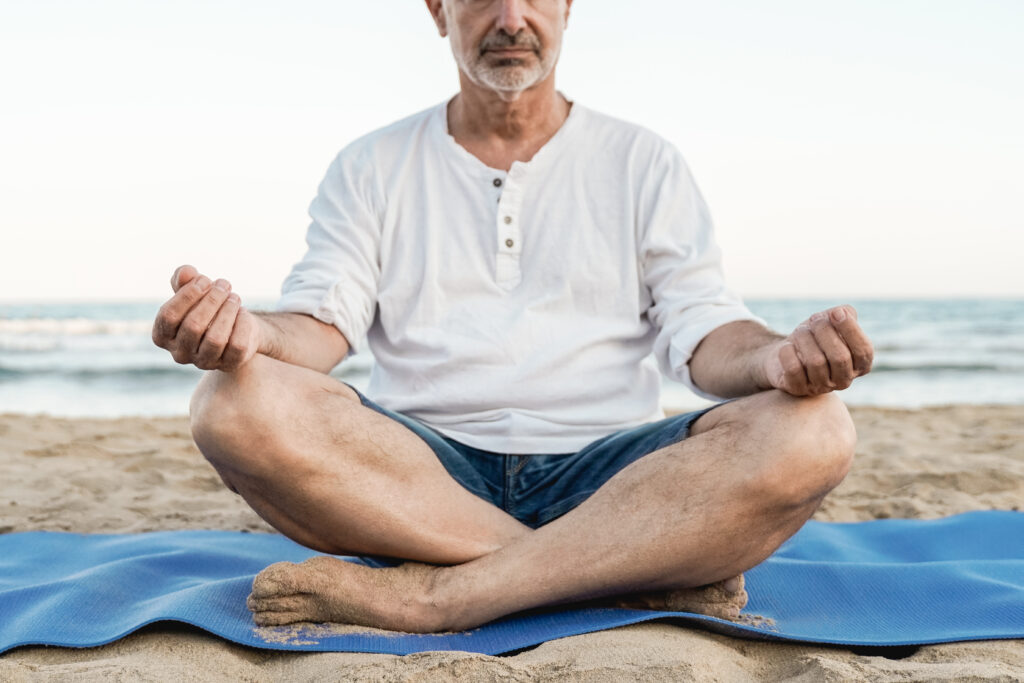
Medicare Advantage health plans have long been in vital service to this country’s older adult population. And as the pandemic hit, they were in a unique position to offer care in new, innovative, and effective ways.
There’s a reason “pivot” became one of the biggest buzzwords during the COVID-19 pandemic and will be forever associated with this time in history. It’s rare to find a business, an organization—or even an individual—that didn’t have to pivot in some way when the world as we knew it came to a sudden stop in 2020.
The health care industry arguably had to pivot more drastically than any other. People’s very lives were at stake on a huge scale. Vulnerable populations were at the greatest risk of contracting—and dying from—COVID. And Medicare Advantage health plans had to face this sudden and urgent crisis head-on.
The unique challenges Medicare Advantage faced
Another word we’ve heard a lot in these past two years is “isolated.” More than 14 million older adults live alone. As businesses closed and people quarantined, the isolation these older adults already felt increased dramatically.
The challenges Medicare Advantage health plans faced included:
- How do we keep older adults socially connected?
- How can we ensure they’re receiving the care they need?
- How do we help ease their loneliness?
- How can we keep them safe at home alone?
- How can we address/calm their fears and anxiety?
- How can we meet their needs when they can’t leave the house?
Medicare Advantage stepped up and answered each of these questions and so many more. Let’s take a look at some of the innovations that evolved out of necessity and are continuing because they’ve worked so well.
A pivot to making outbound calls to those most at risk

Loneliness isn’t the same thing as being alone. Many older adults live alone, but they’re satisfied with the amount of human interaction they receive. When someone feels lonely, they’re longing for human contact and not getting it. They might feel sad, empty, rejected, or abandoned. Loneliness has a significant impact on a patient’s mental, emotional, and physical health.
At Papa created virtual visits for our members, and even during the pandemic, our Papa Pals were able to connect with members and ease the loneliness that came with quarantine.
Similarly, Dr. Gordon Chen, Chief Medical Officer of ChenMed, and his staff started making “love calls” to their patients during the pandemic. They would call them every week to educate them, ask what they needed, and tell them they cared about them and wanted to help. No request was too big or too small.
“If they were too scared to leave their home and needed toilet paper, we went out and bought it for them and delivered it,” he says.
Christopher Ciano, President of Aetna Medicare, shares a similar story. In 2020, Aetna used an algorithm based on data they’d collected from their members to prioritize those members most at risk for social isolation. Then they began an intervention phase. They have a group called Resources for Living that started to make outbound calls to those members and connected these older adults to local resources in their community—like clubs, support groups, home visitor programs, transportation, and caregiver support—even during the pandemic.
These are just a few stories of so many. The impact of this personal connection during a time of increased social isolation cannot be overstated.
A pivot from in-person doctor’s appointments to telehealth
It’s no secret that young people today are experts at technology and often have to show the older adults in their lives how to use it correctly. In most cases, when someone has the motivation to learn—say, they want to keep in touch with family—they are able to figure it out.
When it became difficult or impossible to attend doctor’s visits in person, older adults had to adapt to using technology to communicate with their health care providers. Companies like Papa pivoted as well to provide services like telecommunications support and healthcare navigation to show older members how to use technology in order to meet their health care needs. Overall, they adapted beautifully, and Medicare Advantage played a big role in that success.
At the Medicare Advantage Summit in 2020, telehealth adoption and utilization were huge topics of discussion. Several speakers and panelists gave presentations on the many critical ways this technology has kept patients safe throughout the pandemic.
“In many ways, technology saved the health care system from imploding,” CEO of American Telemedicine Association, Ann Mond Johnson said.
Better Medicare Alliance conducted a poll and found an astounding 91% satisfaction rate with telehealth from Medicare Advantage beneficiaries.
The telehealth revolution isn’t just a temporary pandemic pivot. It’s here to stay. The ease, flexibility, convenience, and lowered costs are unmatched. As time goes on, improvements and innovations continue to be made to help make telehealth the best it can be.
A pivot to exercising at home or alone

Physical activity is a key factor in healthy aging. For many older adults, going to the gym, swimming at the YMCA, or walking around a track plays a very important role in their lives, both physically and socially. When the pandemic shut down gyms across the country, it was a tough blow to millions of people, older adults in particular.
Thankfully, there are so many ways to stay physically active from home with minimal equipment. Brenda Senko, a registered and licensed dietician and nutritionist, coaches ChenMed patients, focusing on one healthy habit at a time. She says that older adults can see remarkable benefits just by doing simple strength training exercises at home.
When she works with patients on a home exercise regimen, she’ll ask them to grab a can of vegetables or a pound of coffee and do reps of simple bicep curls. She also encourages them to grab a tennis ball or a similar object and squeeze it a few times a day to strengthen muscles in their fingers, hands, wrists and arms. For patients who struggle with balance, she suggests a variety of chair exercises like doing arm circles while seated or squats holding on to the chair.
As we age, our muscles atrophy. Strength training exercises help older adults stand and walk comfortably, giving them confidence and helping their well-being. Studies also show that exercise helps the body work better and can help patients avoid or manage chronic illness.
If someone would like social interaction while exercising, a lot of programs have bloomed out of the pandemic. For example, Papa partner Florida Blue offers a Silver Sneakers program with online exercise classes for older adults.
Other promising pivots… including Papa!
Here are several more programs and services Medicare Advantage health plans are providing to older adults around the country:
- one-on-one human assistance like Papa’s companion care
- social support groups like CircleUp
- motivational interviewing to promote healthy behaviors
- involving family members in patient care
- programs that support aging in place
The onset of a global pandemic was a scary time for everyone, but especially for vulnerable older adults, many of whom live alone and/or have multiple health concerns. Thankfully, Medicare Advantage health plans acted quickly to make sure these older adults got not only the physical care they needed, but the emotional support as well.
As we move forward into a new post-pandemic world, older adults can rest easy, knowing that Medicare Advantage health plans will be there for them at every turn.



